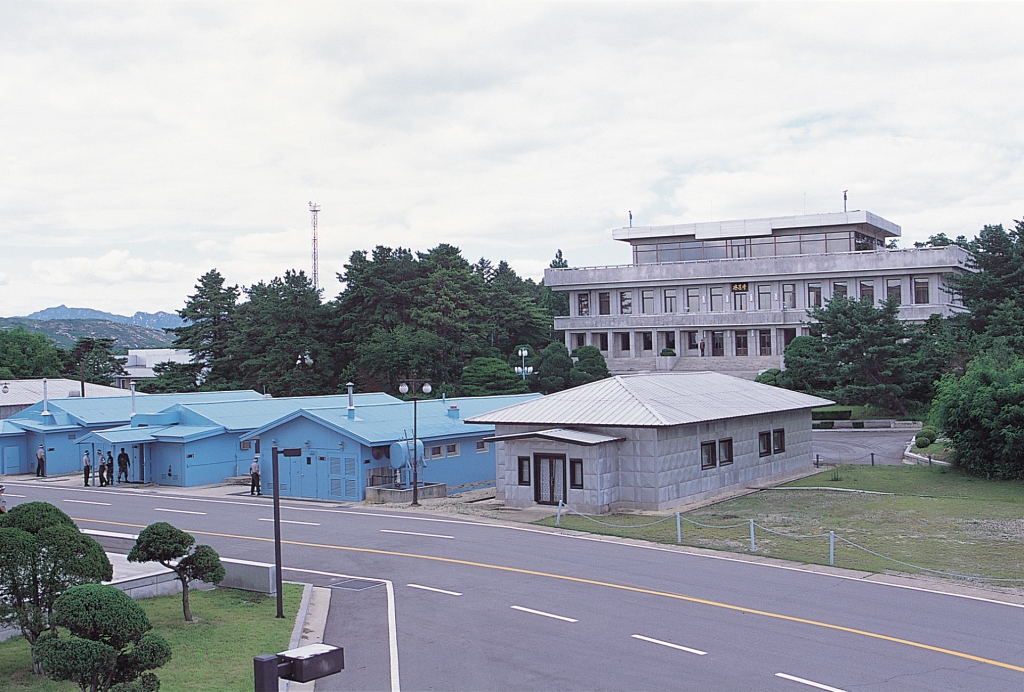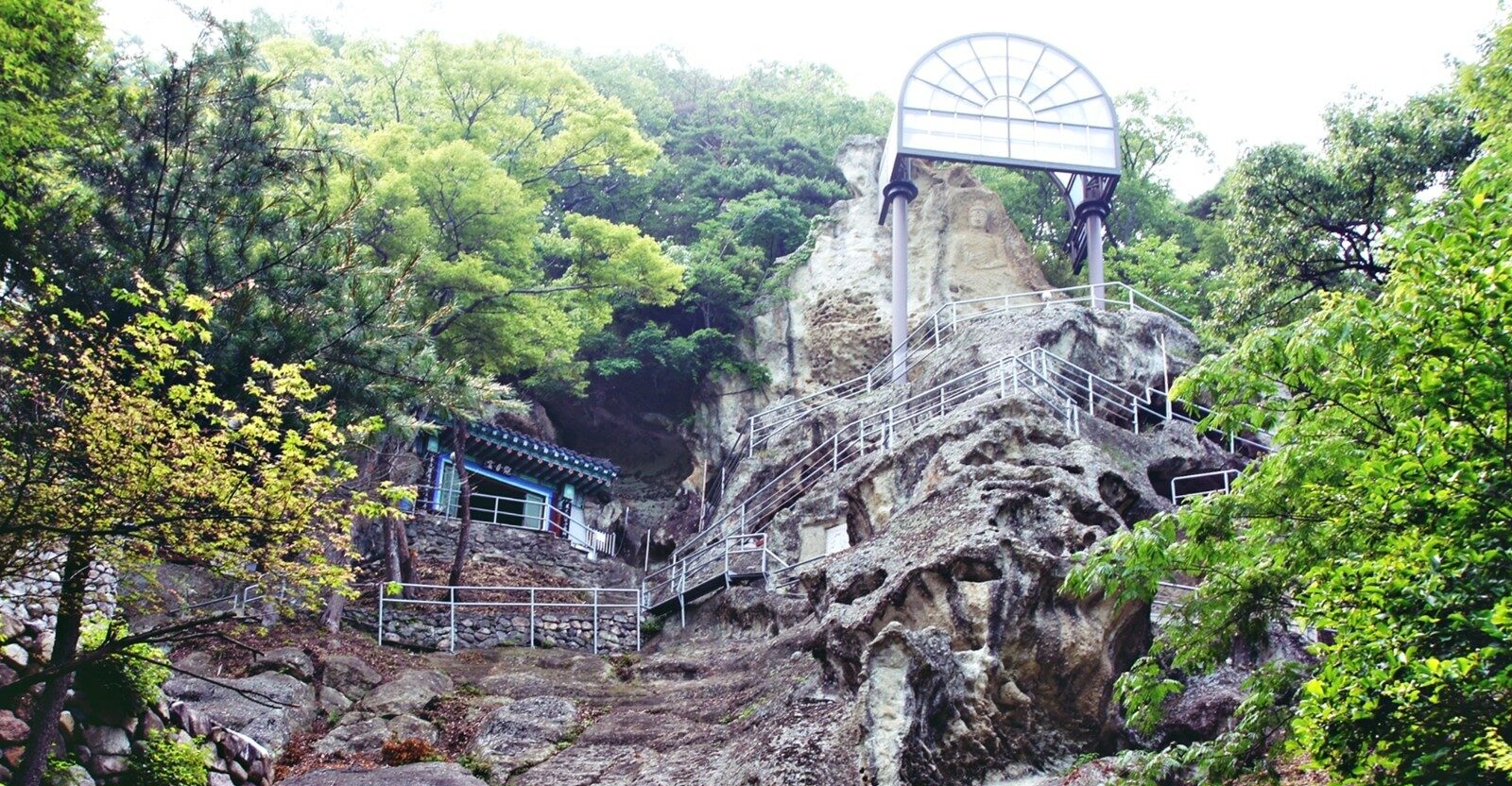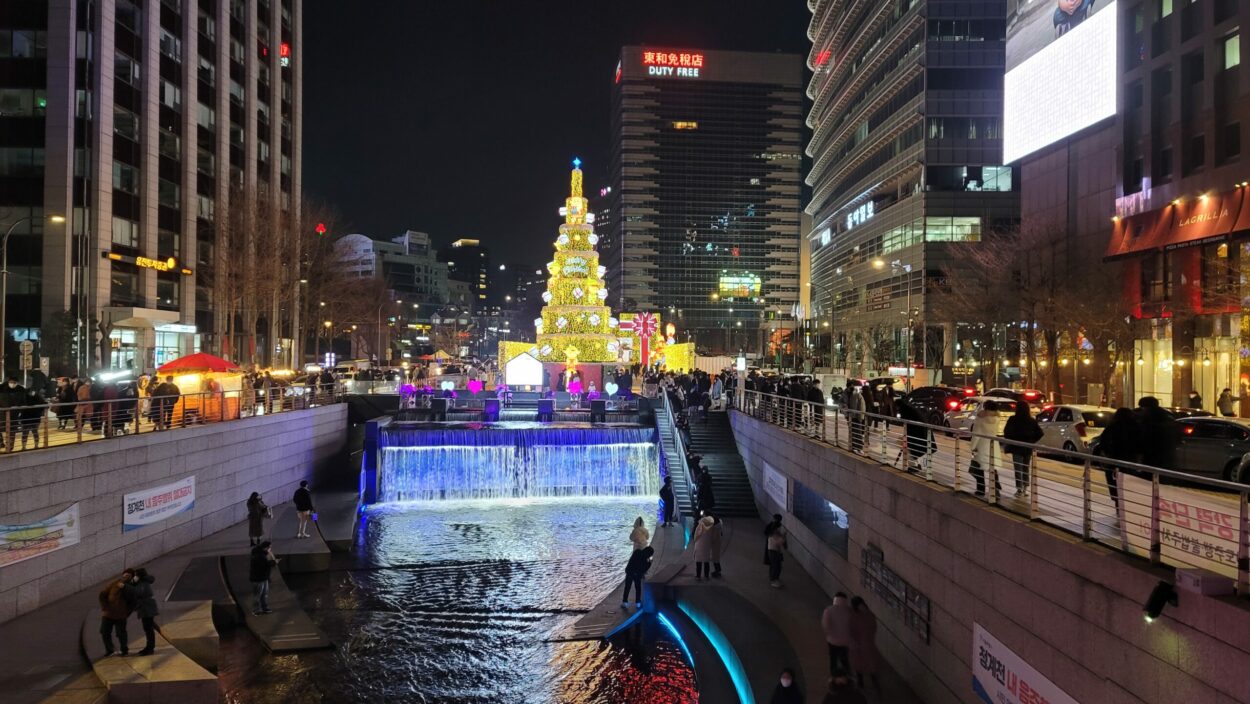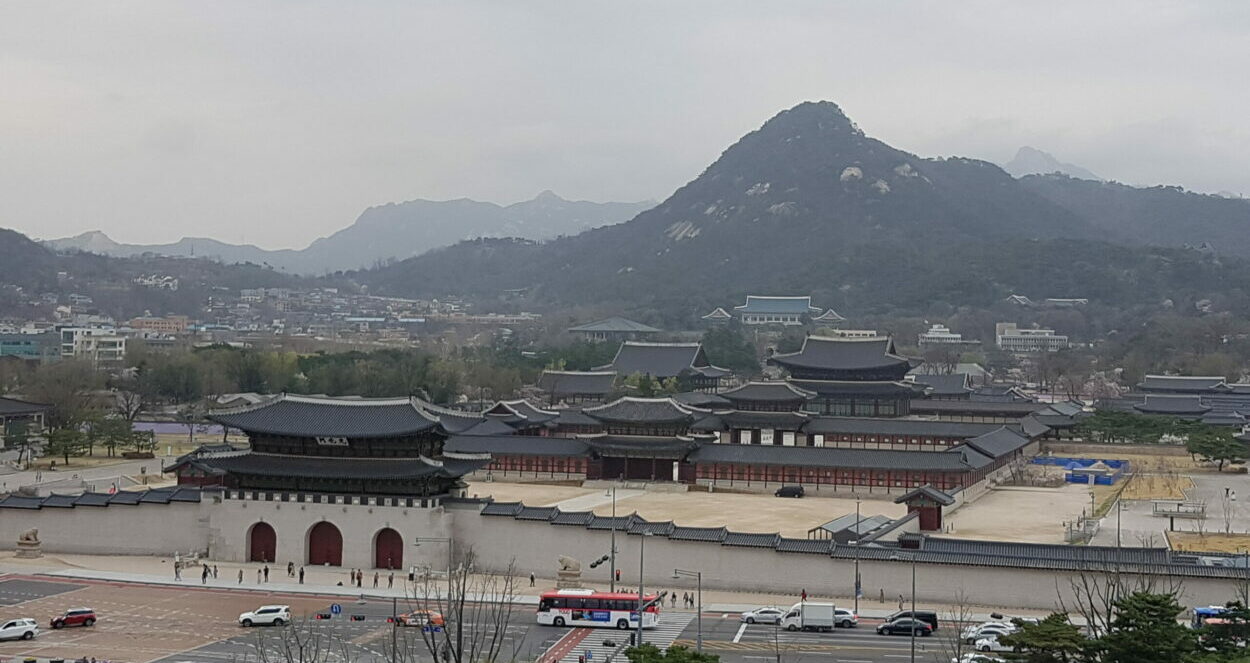Panmunjeom Korean War History and Peace Talks: Exploring a Glimpse into Korean History
Panmunjeom, a historically rich area within the Joint Security Area (JSA), symbolizes both conflict and peace. It draws numerous visitors to the Korean Demilitarized Zone (DMZ), eager to delve into its storied past.
Delving into the Heart of Panmunjeom
Panmunjeom is situated in the JSA and is a profound historical site that reflects the enduring impact of the Korean War and the ongoing division between North and South Korea. This area stands as a powerful symbol of both conflict and reconciliation. It is renowned not just for its grim past but also as a venue for significant peace talks. As one of the most frequented locations in the DMZ, Panmunjeom attracts visitors eager to witness its storied history.
Historical Importance of Panmunjeom
The conference center at Panmunjeom is unique as the sole locale where North and South Korean military stand directly opposite each other. Encircled by the JSA, it has hosted pivotal peace negotiations. Notably, agreements on October 25, 1951, and the Armistice Agreement on July 27, 1953, were forged here. This space exists outside the jurisdiction of both Koreas. It serves as a neutral, historically rich ground. Visitors to Panmunjeom can experience history in a vivid setting. The JSA offers a rare glimpse into the tense coexistence of the two Koreas. Special arrangements are necessary for tours, with reservations required at least one week in advance through authorized operators like K-TourYoda.

Understanding the Difference Between JSA and DMZ
To truly appreciate the significance of Panmunjeom and its surrounding areas, it is important to understand the distinctions between the Joint Security Area (JSA) and the Demilitarized Zone (DMZ). Although both are integral to the Korean Peninsula’s history, they serve different purposes and possess unique characteristics.
The Demilitarized Zone (DMZ)
The DMZ is a buffer zone that stretches approximately 250 kilometers (about 160 miles) across the Korean Peninsula, separating North and South Korea. Established as part of the Armistice Agreement in 1953, the DMZ is roughly 4 kilometers (2.5 miles) wide. It serves as a de facto border between the two countries. It is heavily fortified and monitored, with military personnel stationed on both sides to prevent any unauthorized crossings or military engagements.
Despite its name, the DMZ is one of the most heavily militarized borders in the world. However, within its confines, it has become a unique natural habitat, as human intrusion is minimal. It is home to a diverse array of flora and fauna, some of which are rare or endangered.
The Joint Security Area (JSA)
The JSA is a specific section within the DMZ, located near the village of Panmunjeom. It is the only portion of the DMZ where North and South Korean forces stand face-to-face. This makes it a critical point for diplomatic engagements. The JSA is where official negotiations and meetings between the two Koreas occur, including high-profile summits and peace talks. Unlike the broader DMZ, the JSA is a small, designated area that has been used for discussions since the Armistice Agreement was signed in 1953. It is characterized by its iconic blue meeting huts. These huts straddle the Military Demarcation Line (MDL) that divides the two nations. The JSA is jointly managed by the United Nations Command (UNC) and the military forces of both Koreas.
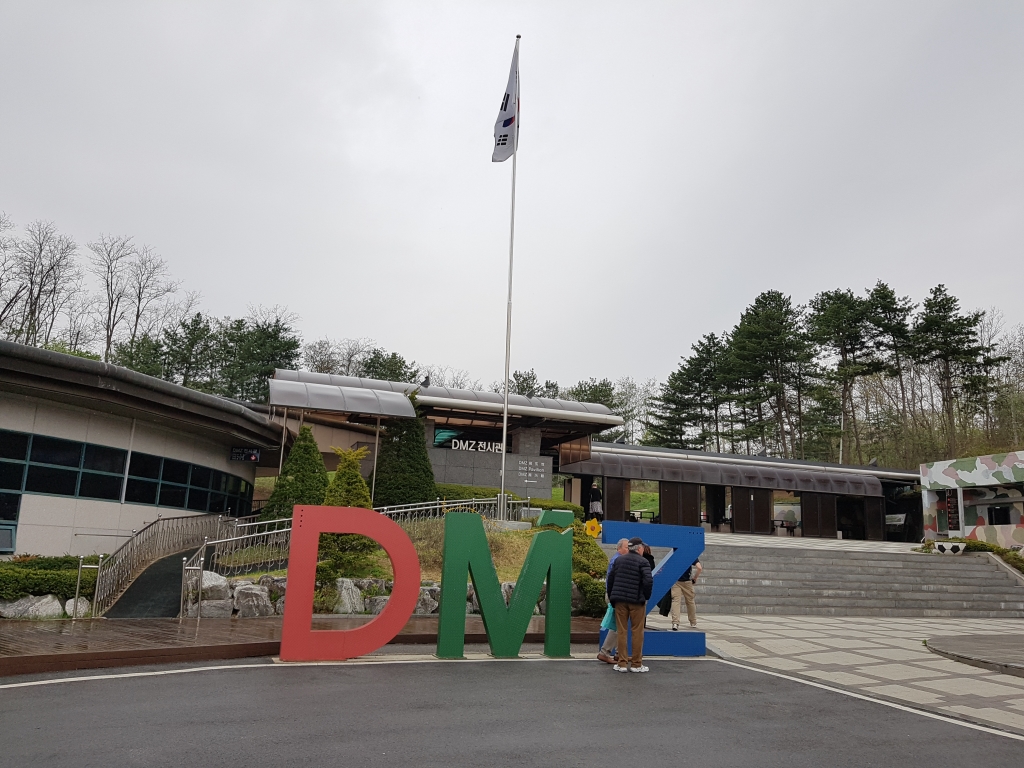
Key Differences between DMZ and JSA
- Purpose: The DMZ acts as a buffer zone to reduce the risk of military conflict, while the JSA serves as a venue for diplomatic negotiations.
- Size and Location: The DMZ is a large area spanning the peninsula. The JSA is a small, designated area within the DMZ, specifically near Panmunjeom.
- Military Presence: While both are heavily monitored, the JSA is unique. It allows direct interactions between North and South Korean forces under controlled circumstances.
Understanding these distinctions helps visitors appreciate the strategic and historical importance of both the DMZ and JSA. These areas continue to influence the political landscape of the Korean Peninsula.
Enhance Your Visit with Nearby Attractions
While Panmunjeom is a focal point, nearby sites can further enrich your journey:
- Imjingak Park: Located a short distance away, this park features memorials and exhibitions dedicated to Korean War victims. Key attractions include the Freedom Bridge, a symbol of reunification hopes.
- Dora Observatory: This spot offers panoramic views of North Korea, making it ideal for photography enthusiasts. Visitors can gain insights into the DMZ’s history while observing the distant landscape.
- The Third Infiltration Tunnel: Discovered in 1978, this tunnel was meant for North Korean infiltration into South Korea. Visitors can explore a section of this intriguing, yet unsettling passage, shedding light on the region’s tensions.
Planning Your Visit
To embark on this historical journey to Panmunjeom and its environs, advance planning is crucial. Due to security protocols and limited access, reservations are essential. Foreign visitors can secure their spots by checking available schedules with K-TourYoda or other authorized tour operators. Be sure to confirm any additional requirements, such as identification or group size limits. This ensures a smooth experience. Visiting Panmunjeom transcends a mere trip. It offers an opportunity to step into a pivotal historical moment and gain a profound understanding of the Korean Peninsula’s complex dynamics.

